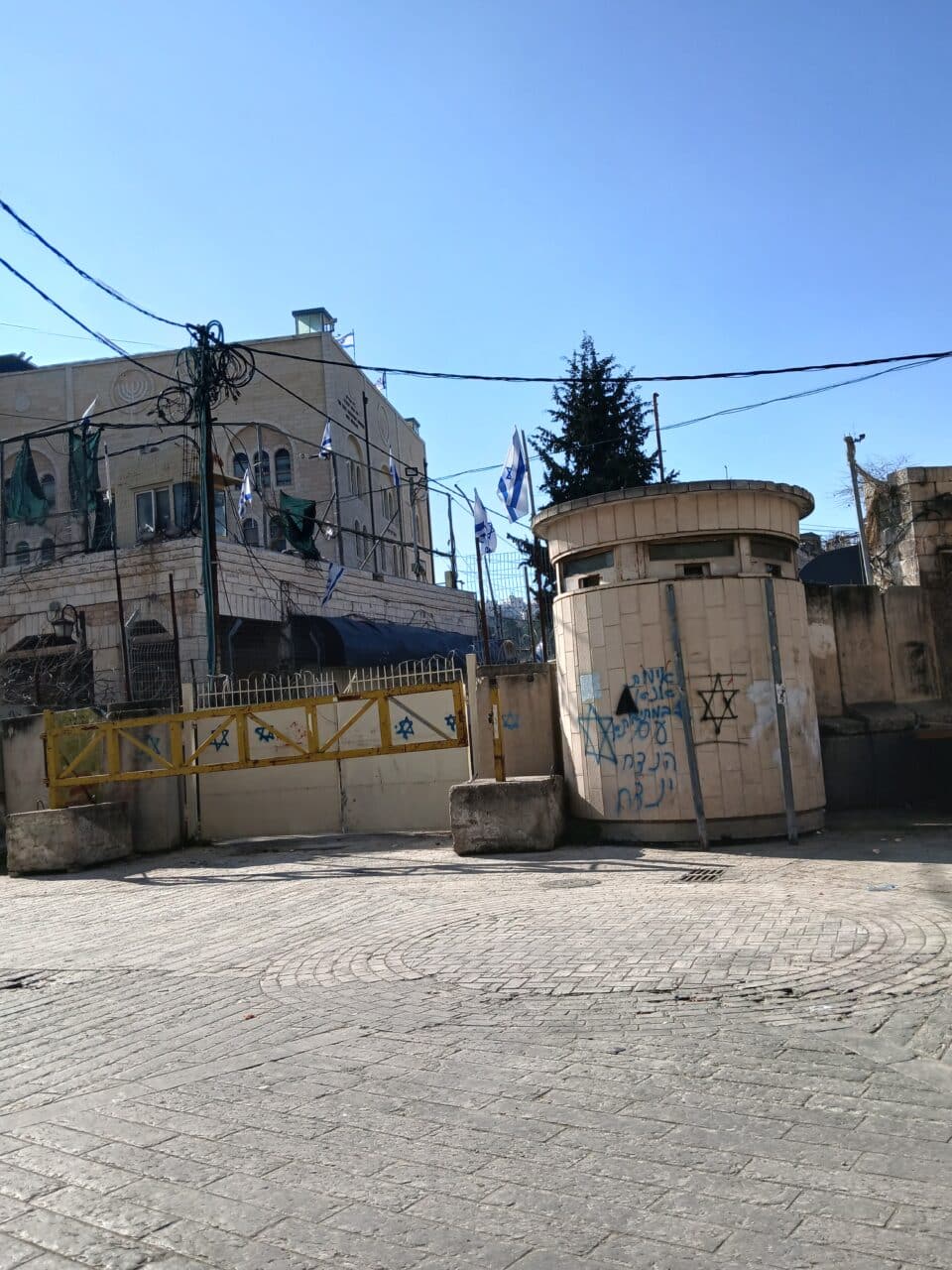Tag: Al Khalil
-
Visual diary: a day in occupied Al Khalil
Friday, 26 December, 2025 Good evening from Al Khalil! It’s a really beautiful city, and has been suffering severely from the combination of colonization and lack of tourism post-Oct 7. Shop doors welded shut by the occupation to prevent Palestinians from making a living in the Old City, with layers of graffiti revealing resistance and…
-
A Matriarch’s Memory
The West Bank city of Al-Khalil, known as Hebron in Hebrew, is one of the oldest continuously inhabited cities in the world- and one of the most painfully divided. It is a place where the word occupation stops being abstract. Above the ancient stone of the Old City, new concrete rises: Israeli settlements built directly…
-
Firebombing in Al-Khalil
A trail of charcoal tire tracks are an unwelcome sight this morning in Hebron’s old city, tracing a grim path past shuttered shops and beneath wire netting that sags with the weight of rubbish, bottles, and stones thrown from above. A tailor’s shop and car were firebombed last night by Israeli colonizers in the Old…



